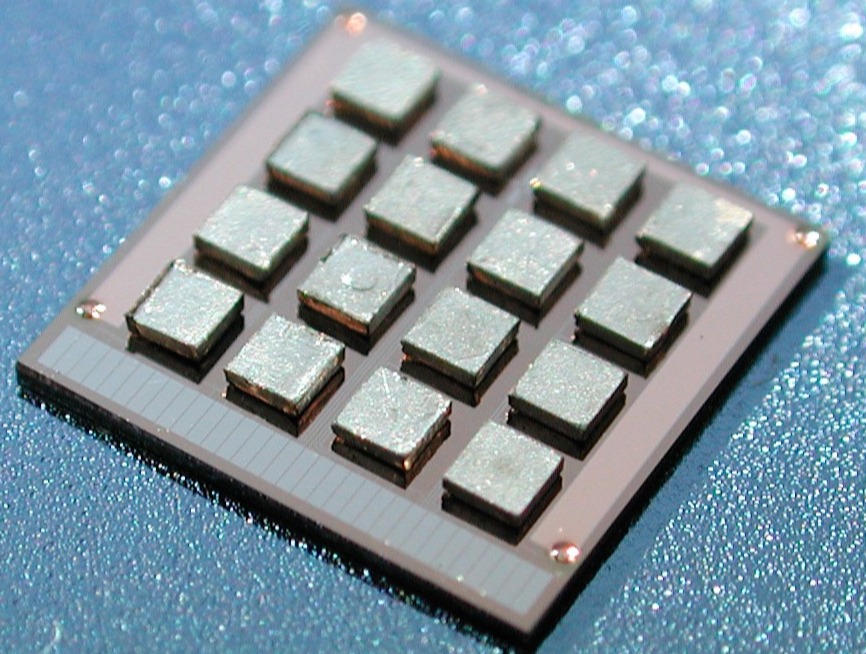
Background
Conventional micropattern gaseous detectors were developed to improve position resolution. However, the range of radiation induced photoelectrons is micrometer to millimeter in, with gas solid-state detectors having three-orders-of magnitude shorter photoelectron range due to their much higher density. Thus, solid-state detectors yield images with substantially higher spatial/temporal resolution. Disordered solids, which are easier and less expensive to develop than single crystalline solids, have not been utilized as photon counting mode detection media because of low carrier mobility and transit-time-limited photo response.
Technology
Using a direct conversion amorphous selenium radiation detector structure, the detector is able to achieve stable avalanche multiplication gain and provides high‑density insulated wells and fielding shape. These benefits eliminate formation of field hot‑spots and high fields at a metal‑semiconductor interface.
Advantages
- Lower peak value - Higher density wells - More effective in electron blocking
Application
- Radiation Therapy - cancer Therapy - cancer Research - cell Research - Bio-Medical devices
Inventors
Wei Zhao, Professor, Radiology
Amirhossein Goldan, Assistant Professor, Radiology
Licensing Potential
Development partner,Commercial partner,Licensing
Licensing Status
Available for licensing
Licensing Contact
Donna Tumminello, Assistant Director, Intellectual Property Partners, donna.tumminello@stonybrook.edu, 6316324163
Patent Status
Patented
[US9553220](https://patents.google.com/patent/US9553220B2/en)
Tech Id
8449
